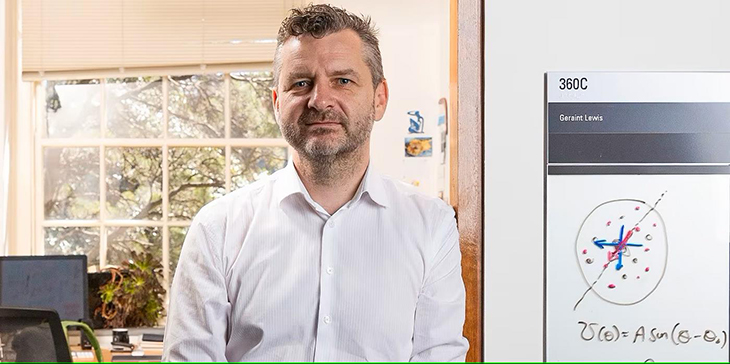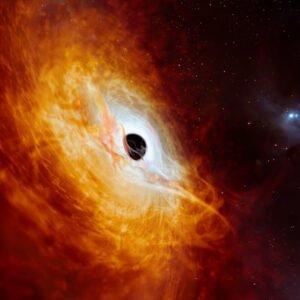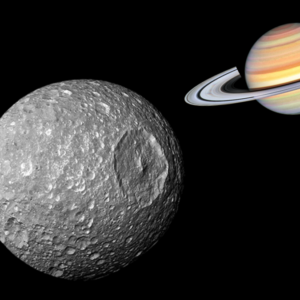
Most of us are familiar with the foundational concept of the Big Bang Theory: the universe originated by expanding outward from a singular point subsequent to a massive explosion. As matter gradually amalgamated into larger and hotter structures, the universe’s expansion rate also increased progressively.
This implies that during the initial epochs of the universe, this expansion happened at a slower pace. Moreover, due to Einstein’s revelation that time and space are intertwined, time itself would have been slower during this period. These precise findings have now been unveiled by astronomers located Down Under.
In a pioneering article published in the journal Nature, Professor Geraint Lewis from the University of Sydney and Dr. Brendon Brewer from the University of Auckland employed quasars as temporal markers to trace the tempo of time in the early cosmos—potentially within a billion years following the occurrence of the Big Bang.
Quasars stand out as the most potent entities recognized in the universe, and their behavior unveiled that time progressed at a rate five times slower in the initial stages of the universe compared to its current pace.
“Looking back to a time when the universe was just over a billion years old, we see time appearing to flow five times slower,” Professor Lewis said. “If you were there, in this infant universe, one second would seem like one second—but from our position, more than 12 billion years into the future, that early time appears to drag.”

In the past, scientists relied on supernova explosions for dating the universe. However, quasars have emerged as a more potent source of energy, resembling recurrent fireworks displays rather than solitary firecrackers. These dynamic cores of galaxies, known as active galactic nuclei, derive their power from supermassive black holes that are billions of times larger than the sun. These black holes are encircled by enormous accretion disks composed of searing hot gas. The sheer magnitude of energy they emit defies comparison.
Lewis and his research team utilized spectroscopy in their approach. By dissecting the light emitted by approximately 200 quasars into distinct green, red, and infrared components, they were able to trace the trajectory of these lights through space and time, akin to the measured ticks of a clock.
“With these new data and analysis, however, we’ve been able to find the elusive tick of the quasars and they behave just as Einstein’s relativity predicts,” Lewis added.
This marks the third or fourth occasion within recent recollection when one of Einstein’s audacious predictions has been substantiated, showcasing the remarkable brilliance of an individual whose posthumous predictions surpass the accomplishments of certain scientists within the confines of a laboratory.
What are your thoughts? Please comment below and share this news!
True Activist / Report a typo


